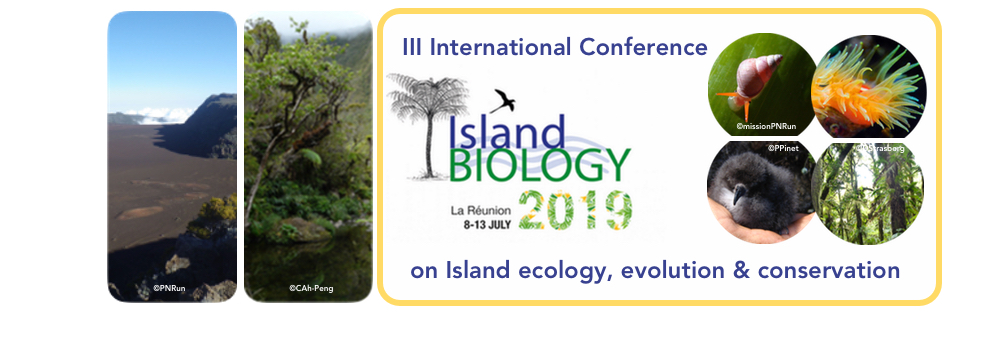The role of founder events in shaping the evolutionary trajectory of newly established populations has been a topic of sustained interest in evolutionary ecology. A main focus has been understanding how genetic drift during population founding, and in subsequent generations when population sizes remain small, affects genetic diversity and ultimately evolutionary potential. Both theory and empirical data show that in general, strong and long genetic bottlenecks are required for radical losses of diversity. However, the stochastic loss of some alleles, and shifts in relative frequencies of alleles have the potential to limit and promote responses to selection in novel environments. Genomic methods have provided us with the ability to examine both neutral and selected alleles during colonisation processes. We examine genomic variation in a well-characterised system of naturally-colonised and human-introduced island populations of a bird, the silvereye (Zosterops lateralis), in the southwest Pacific. Using RADseq data, we assess the genomic impact of founding events on genetic diversity and follow the fate of loci under selection, across a series of historically documented, sequential island colonisation events. We found stronger evidence for loss of diversity in populations seeded from human introductions compared to natural colonisations. Despite the sequential nature of colonisation, and repeated phenotypic trends of increased body size in insular silvereyes, loci under selection were idiosyncratic across populations, likely reflecting the polygenic nature of the repeated phenotypic response to island dwelling.

|
|
|
|
The genomics of founder events in an island colonising bird
1 : University of Oxford
Department of Zoology, 11a Mansfield Road, Oxford -
United Kingdom
2 : Colorado State University [Fort Collins]
(CSU)
* : Corresponding author
Colorado State University, Fort Collins, Colorado 80523 USA -
United States
|
| Online user: 59 | RSS Feed |

|
 PDF version
PDF version